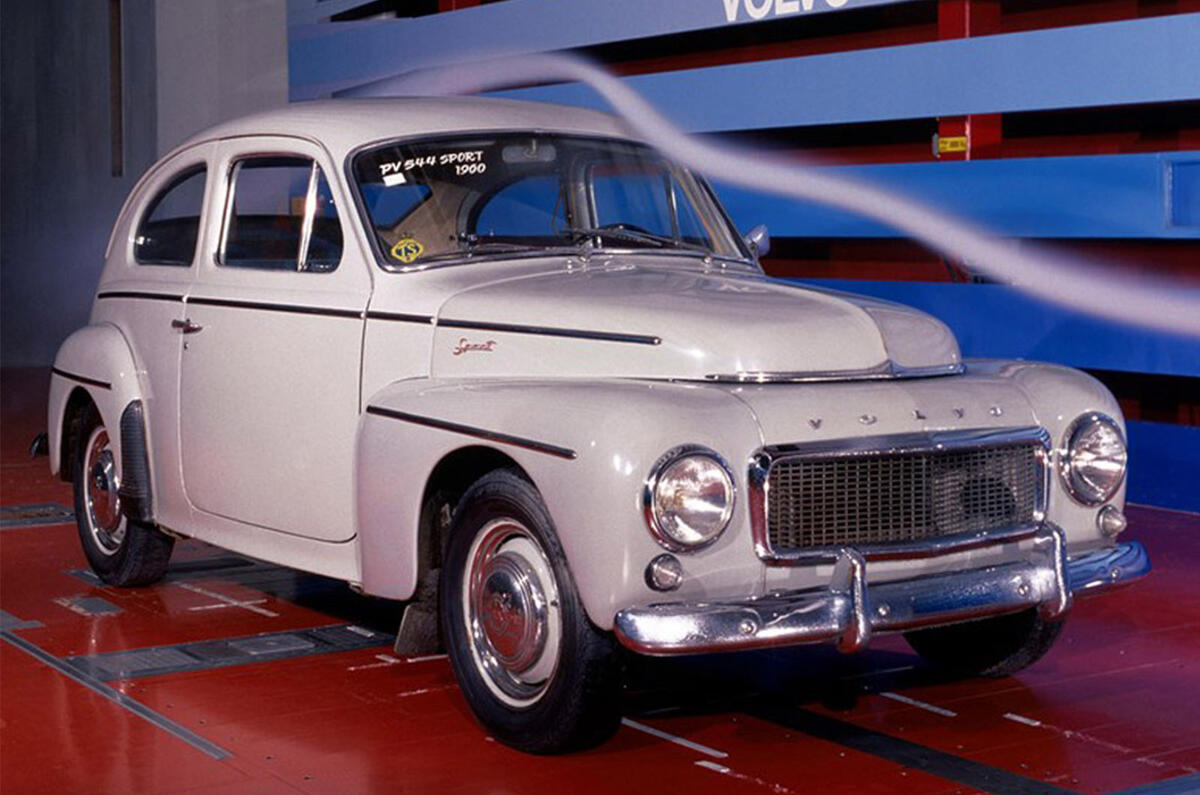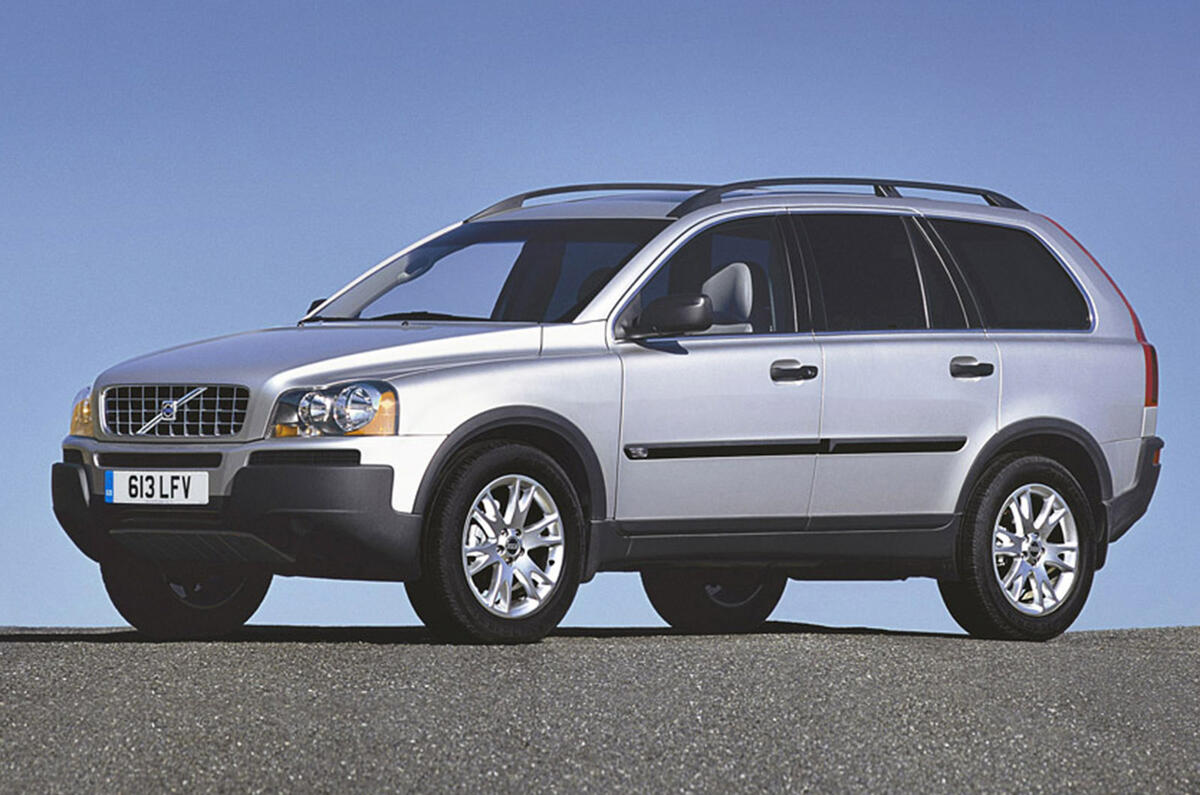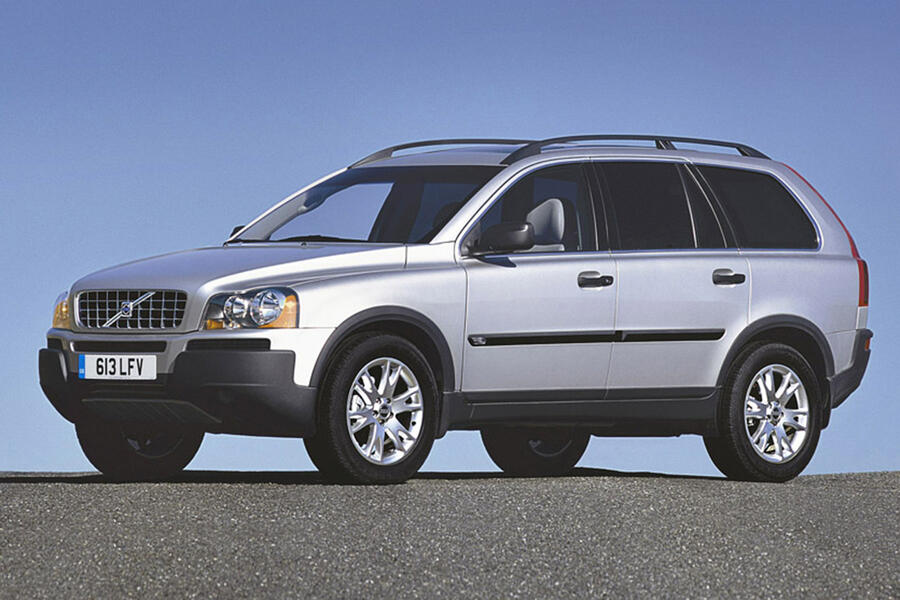The XC90 is a distant outlier on the graph. Every dot is scattered closely around a line that shows a steady downward trend in a paper titled Influence of Aerodynamics. Every dot but one.
Covering 1955 to 2010, the graph shows Volvos consistently becoming more aerodynamically efficient – and the XC90, which arrived in 2002 and was way above the norm.
The list of examples shows why. From PV544 and Amazon through 240, 245, 760, 960, 850, S80 and V70, they’re all saloon or estate cars. The drag coefficient (Cd), a measure of slipperiness through air, gradually improved.
In the late 1950s, the PV544, a handsome two-door saloon, had a Cd of 0.50. The Amazon bettered that, with 0.48Cd. By the 1980s, figures in the low 0.40 range was normal, and Volvo saloons and estates of the early 2000s measured as low as 0.31Cd.
The XC90’s Cd wasn’t tragic, even in that context, at 0.40. But that’s not why it sat where it did.
Overall drag isn’t just about the coefficient, as you’ll probably know. Like drunkenness is a factor of both alcohol percentage and the amount you drink, drag is a factor of both the drag coefficient and the car’s size. The bigger the car’s frontal area (the bit that meets the air square on), the harder it is to push through the air.





Add your comment